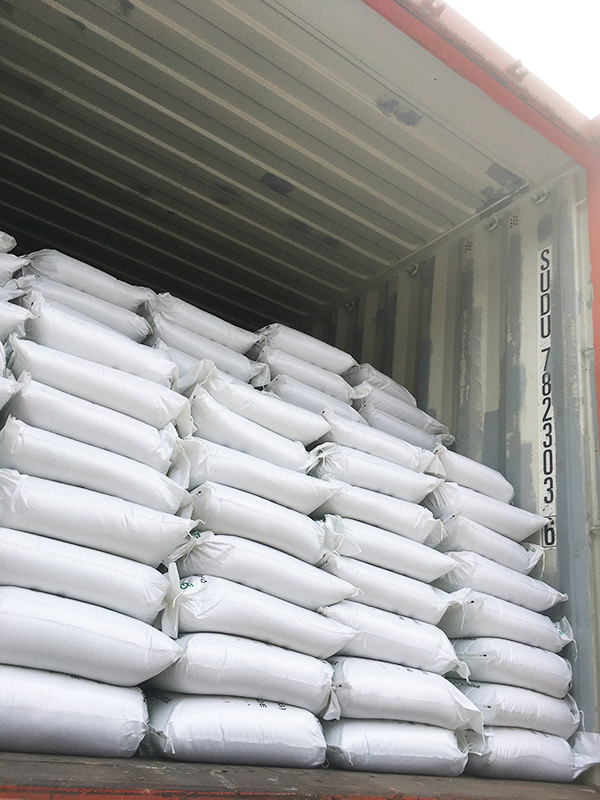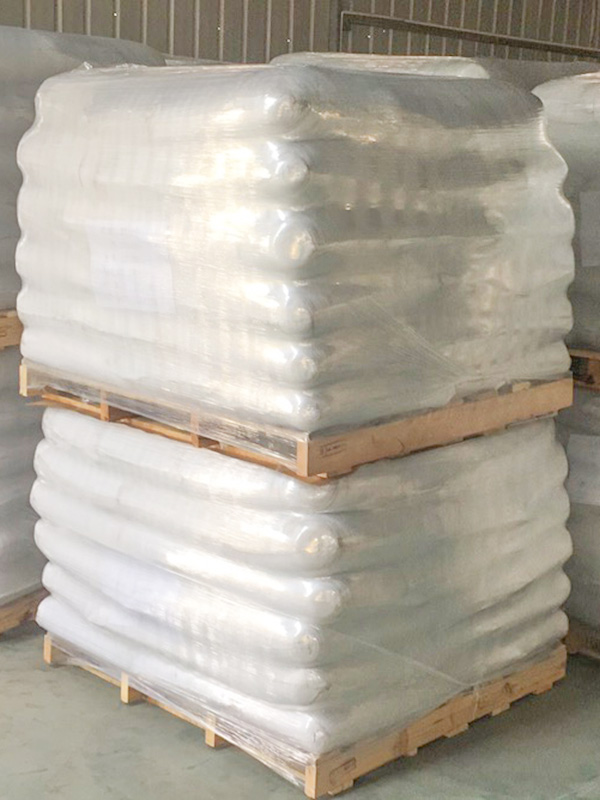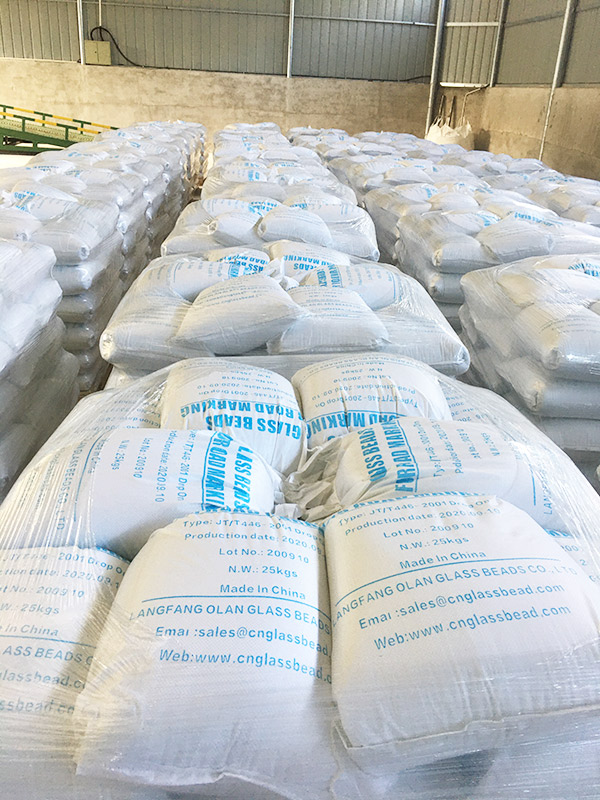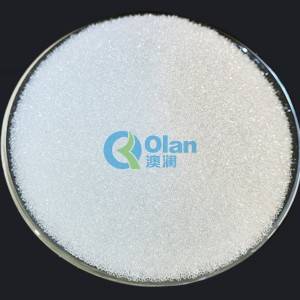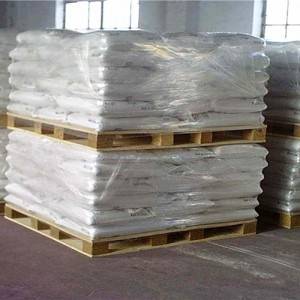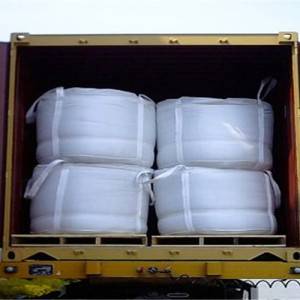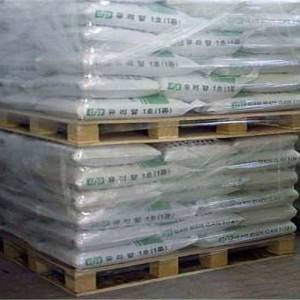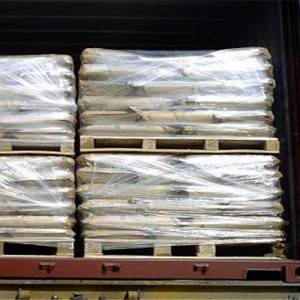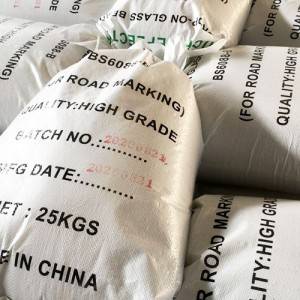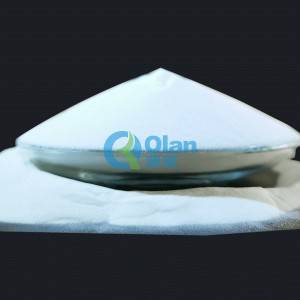Road marking glass beads AASHTO M247 TYPE 2
We can not only produce common glass beads, but also developed coating technology. The coated glass bead is a new product of glass beads developed in recent years,which is used for road graticule surface spreading. With the excellent charcteristics,the great majority of users have paid more attention to it .
The coated glass bead have been treated with high quality organic materials on their surface, thus bearing better features in quality. Our company has developed this unique product after absorbing advanced technology from foreign countries and it has the following advantageous features:
Glass beads surface coating is not easy to be eroded. In the process of storage and usage, glass beads whose surface is easy to be moisture is in humid atmosphere, It leads to light scattering,and therefore influences the direct reflection.
Glass beads coated material is a kind of organic material which may have better consolute with road coating material. While being spread on the road graticule surface,it is not easy to come off, It has stronger adhesion force specially used on coating material graticule of constant temperrature (including water soluble coating material)and may maintain light reflection effects for a long time.
Coated glass beads has better adhesiveness with road coating material,particle sedimentation can be controlled after surfacer spreading through reasonable galss beads particle grading so as to ensure better reflection effect of the graticule.
Coated glass beads has good fluidity,with the characteristic of non-blocking.mean spreading,easy construction and good reflection effect.It is proved practically that it can save about 15%usage amount.
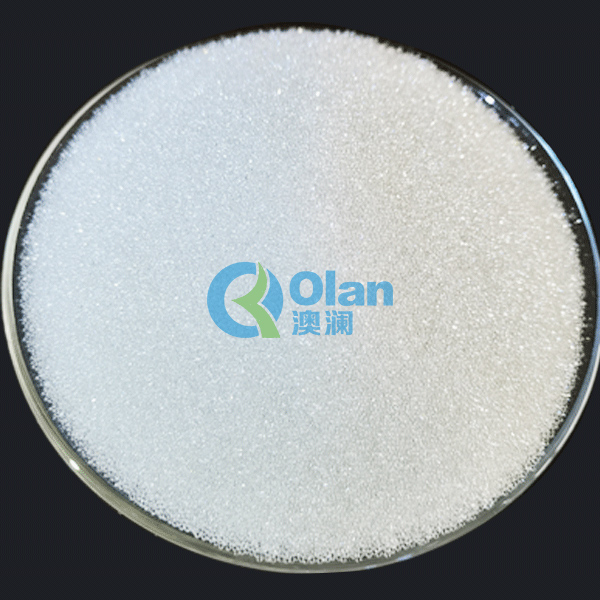
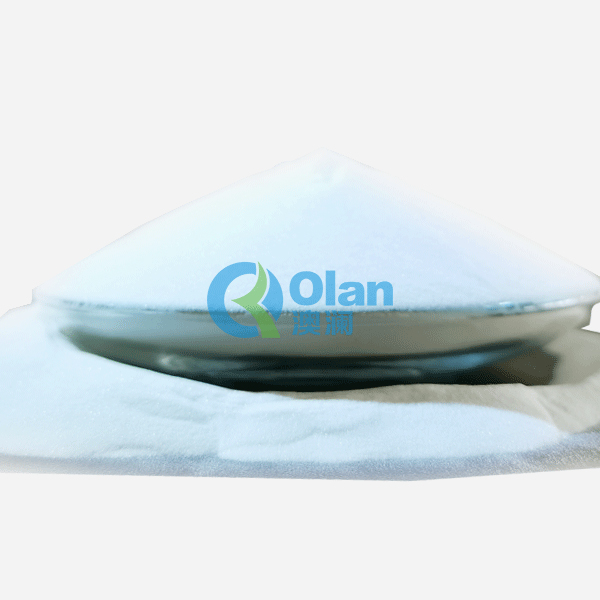
Technical Data
Appearance: beads with round ball shape and no visible impurity.
Refractive index:>1.5
Density:2.4-2.6g/cm3
SiO2 content:≥68%
Size distribution and spherical beads.
Water resistance: when the wastage of 0.1N hydrochloric acid is max.10ml, the surface of glass bead does not fade.
Coated feature: After soaking in water for 30 seconds and dry for 2 hours under in-door temperature, they can easily pass through filler while shaking slightly.
Certificate
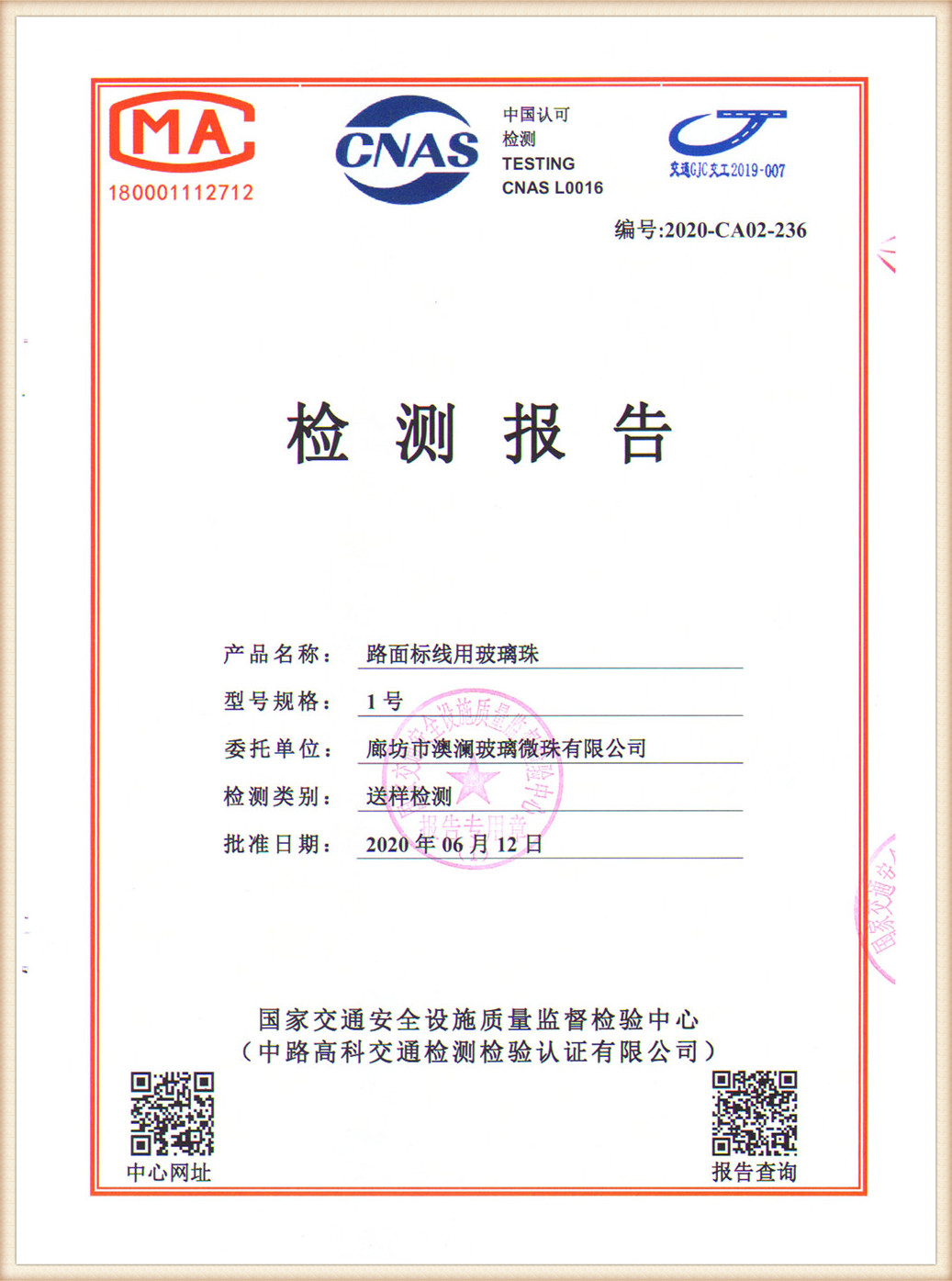
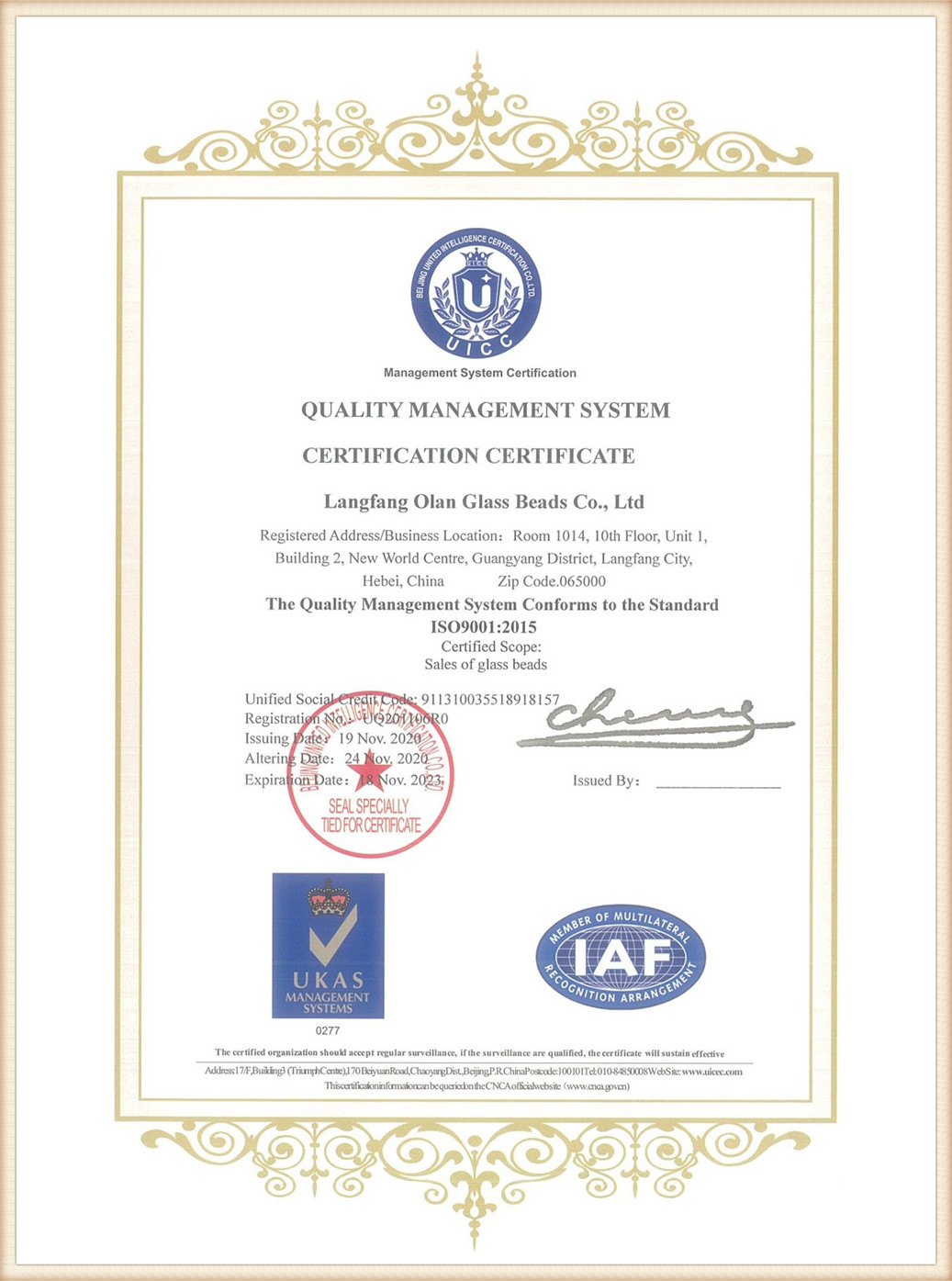
Package
